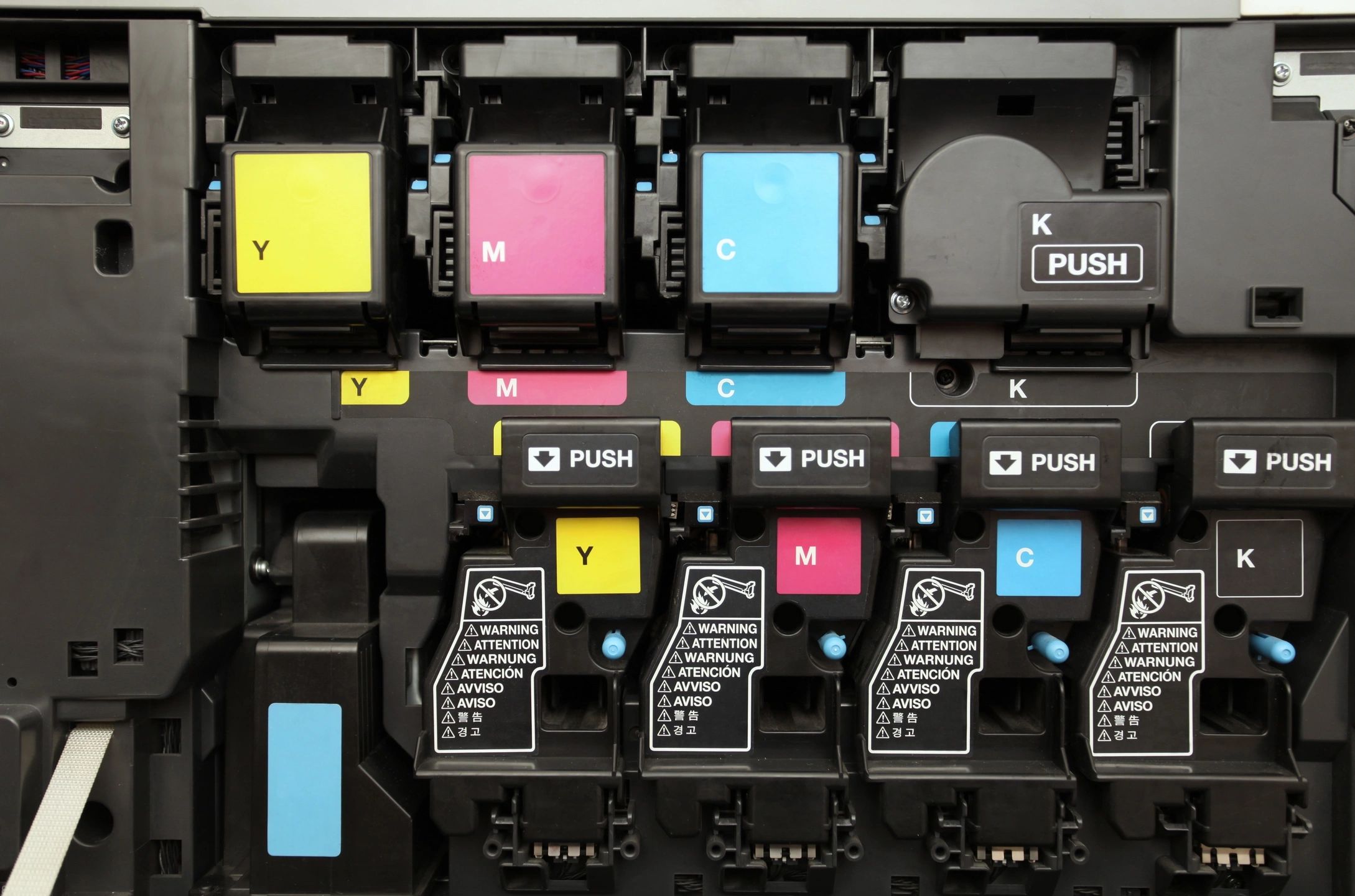Using Resource Tags in Cost Managment
Today we dive into pulling the cost breakdowns so we can bill back costs to other departments by using Azure tags attached to different resources. Last week we discussed how tags can be used for different reasons and walked through setting tags up for a resource….
Read the full article at the link below…









